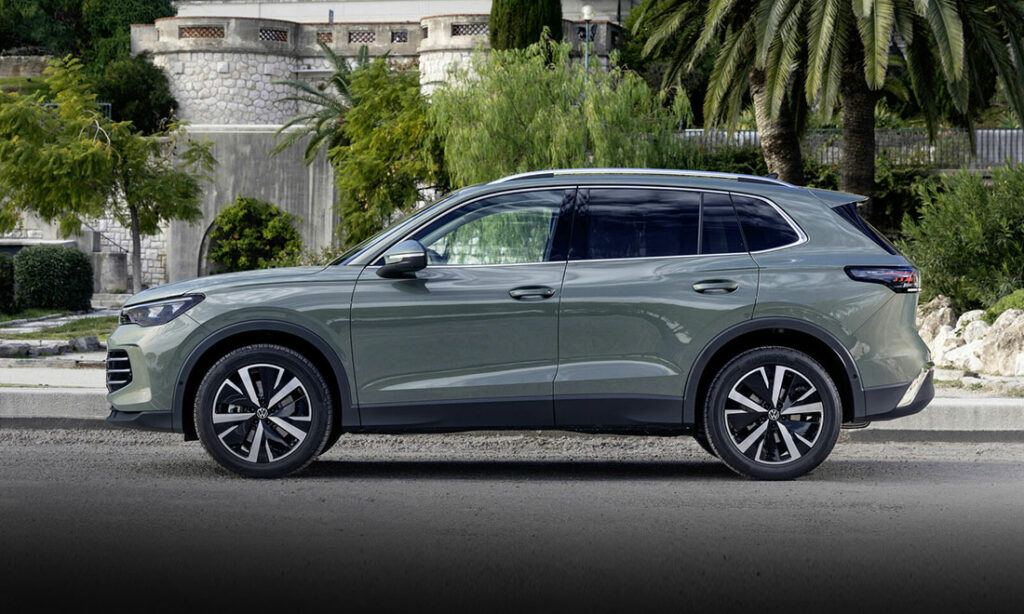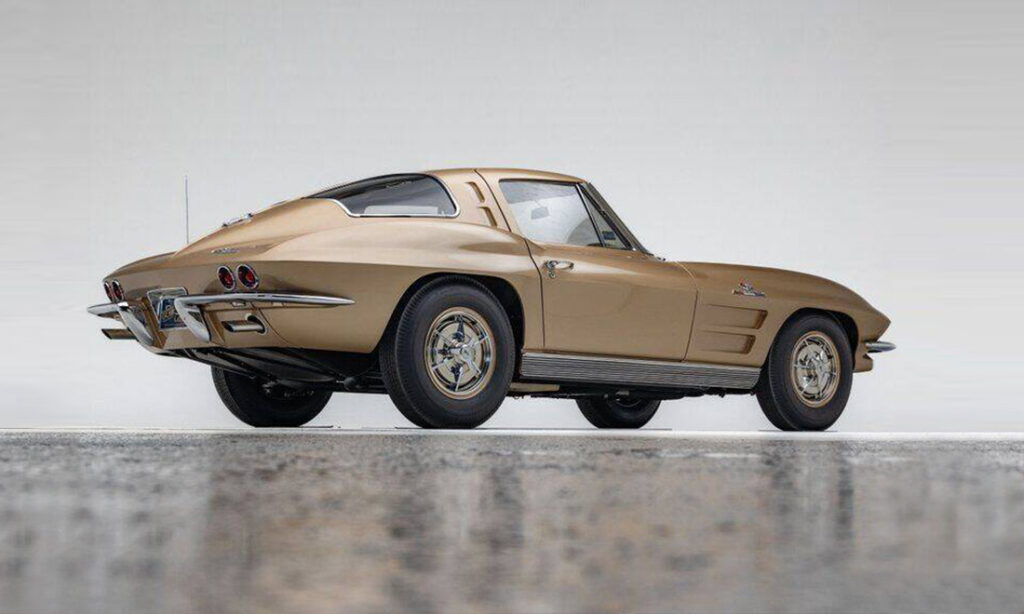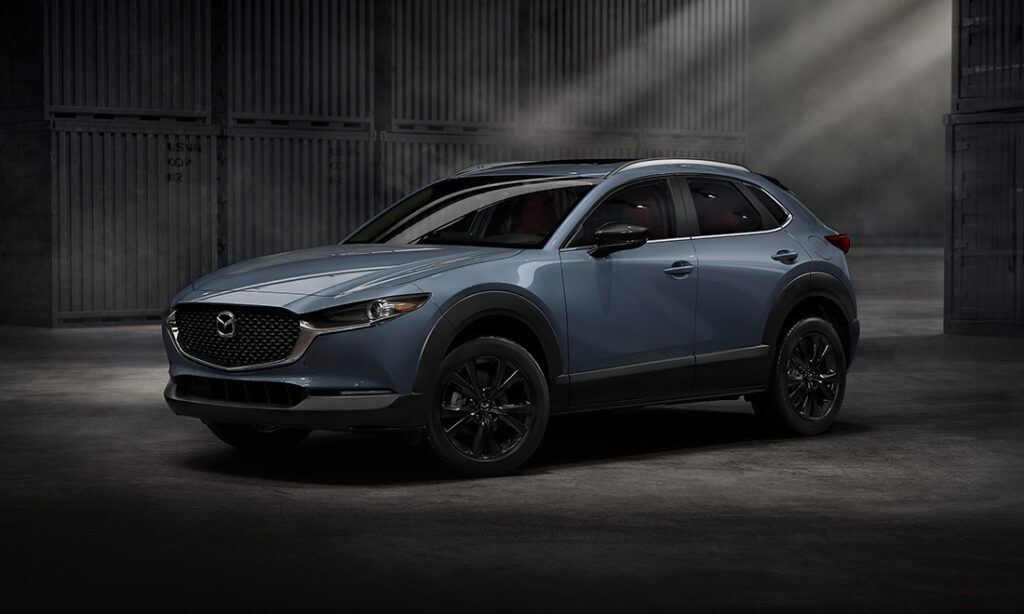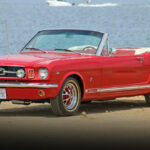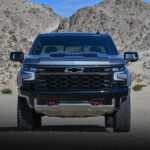Mitsubishi Lancer Generations: Through the Years
The Mitsubishi Lancer might not be in production, but this stroll through the years of its history prove that it’s alive in the hearts of many fans.
Remembering the Mitsubishi Lancer
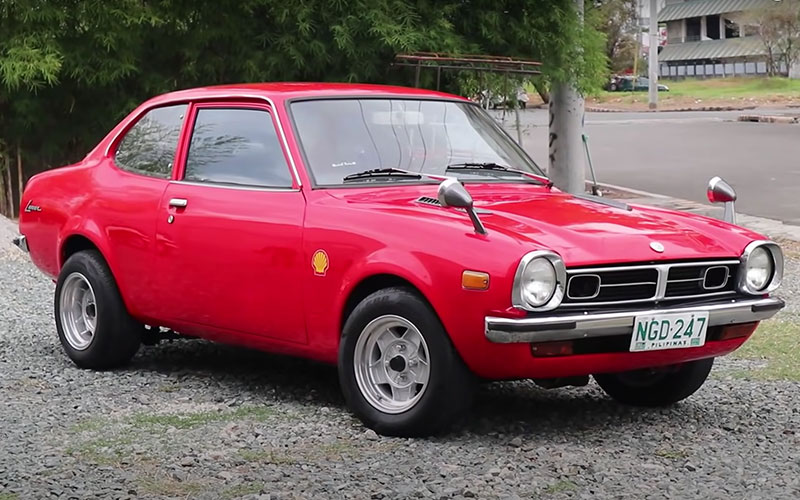
The Mitsubishi Lancer is a car that went out of production in 2017. Despite that, it has a special place in the heart of many automotive enthusiasts. During its nearly 50 years of production, it had three major eras.
The first was from 1973 to 1987. During this time, two generations of the Lancer were sold in markets like Japan and the UK. The car was an instant success thanks to the 1973 Mitsubishi Lancer 1600 GSR rally car.
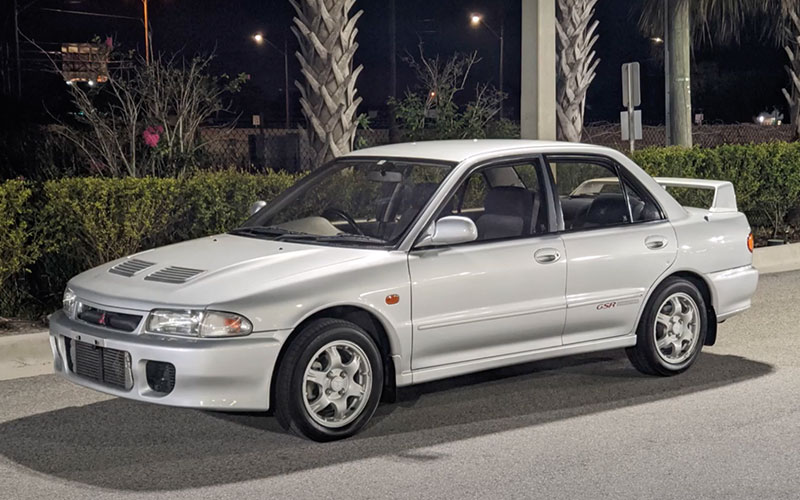
Then from 1988 to 2003, Mitsubishi shifted the Lancer brand name onto the Mirage platform. Thankfully, the rally DNA was still incorporated in models like the 1993 Mitsubishi Lancer Evolution GSR. Follow-up Evolution models arrived every year until 2002, but none were sold in America. That’s when the eighth generation is introduced and our story changes. Here’s the generations of the Mitsubishi Lancer that Americans could get their hands on.
Eight Generation Mitsubishi Lancer (2002-2006)
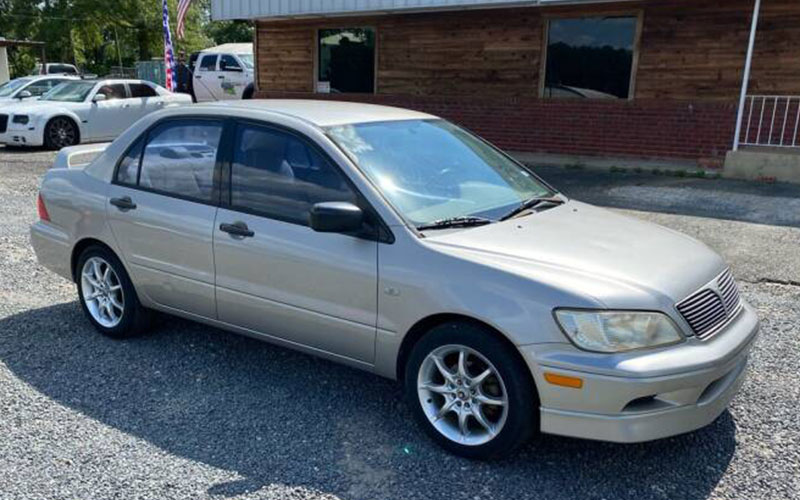
- The first Mitsubishi Lancer took the place of the outgoing Mitsubishi Mirage and was sold in America starting in late 2001 as a 2002 model.
- The four-cylinder base engine made 120 horsepower and 130 lb-ft of torque and sent it to the front wheels through a 4-speed automatic or a 5-speed manual.
- Three different trim levels were available including ES, LS, and the OZ (pronounced Oh-Zee) Rally edition.
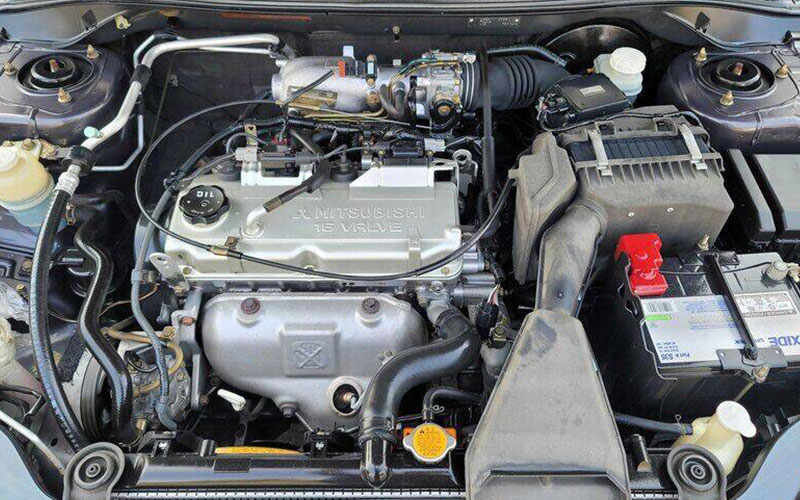
- The OZ Rally had no more power than the other trim levels, but did get special rally-inspired bumpers, side skirts, and white-faced gauges in the instrument cluster.
- An optional spoiler also harkened back to the Lancer’s rally glory for just $360 on top of the $15,487 base price.
- All three trims proved to be popular with buyers and provided above-average handling.
- While on-center steering weight was lighter than desired, it proved quick to turn and did so without excessive body roll.
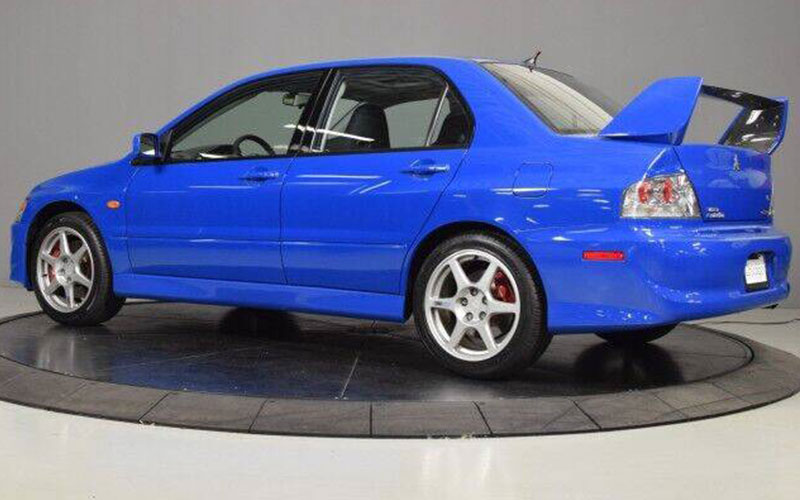
- In 2003, Mitsubishi brought the Lancer Evolution trim to the USA for the very first time.
- The Evo VIII (8) and its rival, the Subaru WRX, unsettled the market with more power than muscle cars of the time and more practicality.
- Unlike many “Sport” trim levels, the Lancer Evolution was far more than an appearance package.
- Evo models featured a stiffer chassis, special seats with more aggressive bolsters, and improvements to the brakes, differential, and suspension.
- Under the hood of the Evo was a 271-horsepower turbocharged four-cylinder. It immediately won an Automobile of the Year award.
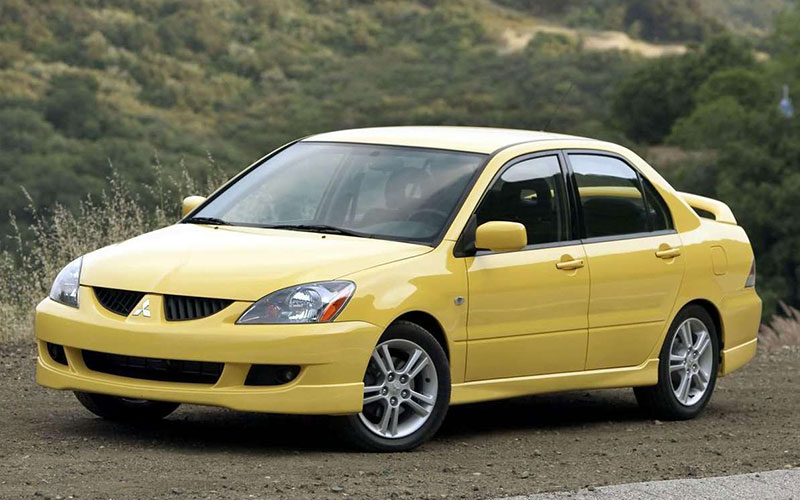
- In 2004, Mitsubishi added the Ralliart trim level which slotted under the Evolution and above the OZ. It featured a 2.4-liter engine and some of the Evo tech while costing about $5,000 less.
- A Touring edition (wagon) was also available on most trim levels. These are considered very rare today.
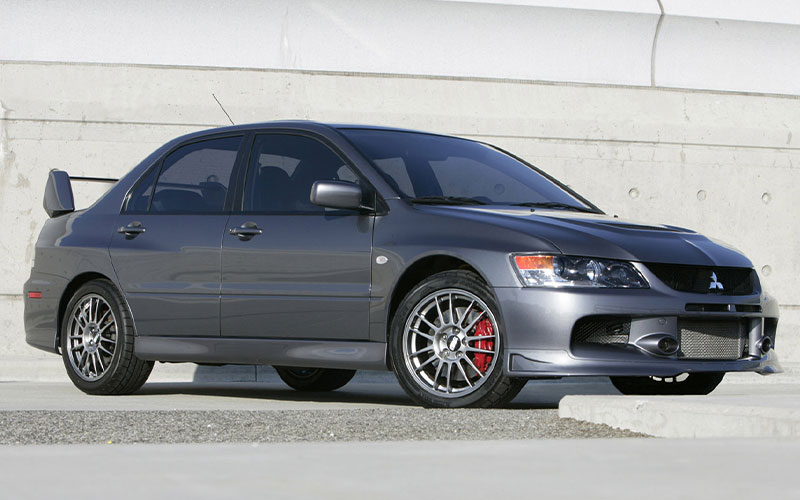
- 2005 and 2006 saw the introduction of the two highly desirable Mitsubishi Lancer variants we never got here in the USA.
- The first is the UK-only 2005 Lancer Evolution FQ-400. At nearly $90,000, it was the wildest Lancer ever maybe. It made 405 horsepower and could sprint to 60 in just 3.5 seconds.
- In 2006, the Lancer Evolution IX arrived worldwide, but only Japan got a wagon variant.
Ninth Generation Mitsubishi Lancer (2007-2017)
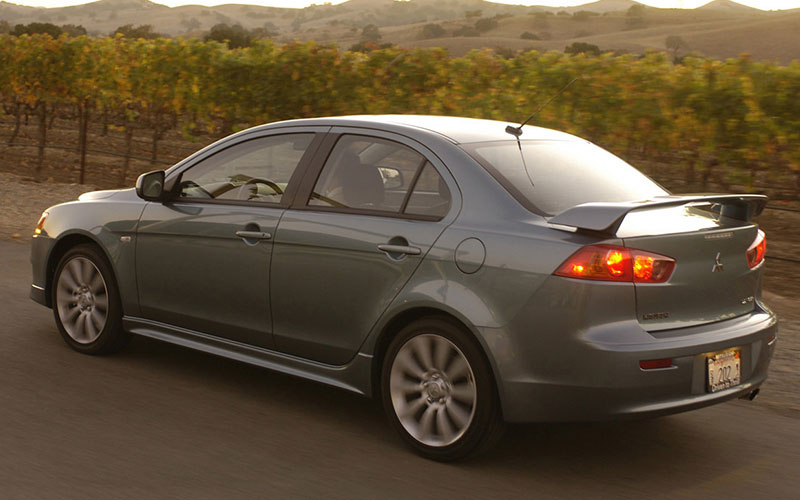
- In March of 2007, the next generation of the Mitsubishi Lancer went on sale in the United States as a 2008 model. It was built on an entirely new platform.
- That platform leverages something Mitsubishi calls the RISE safety system. It stands for Reinforced Impact Safety Evolution.
- The Mitsubishi Lancer Evolution X was also introduced in 2007. It ended up being the final version of the hot sedan.
- Three other trim levels were also available including DE, ES, and GTS. The DE base model was so spartan that it didn’t even have air conditioning.
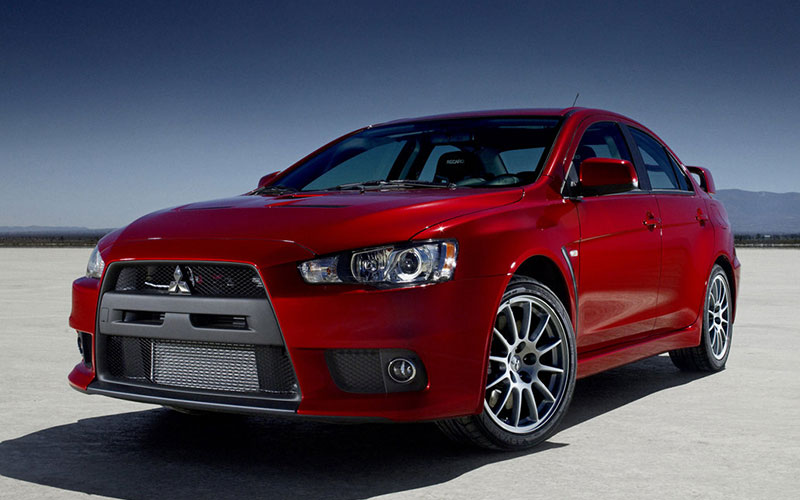
- The ES featured cruise control and steering-wheel controls, while the GTS got automatic climate control, sport bucket seats, and a leather-wrapped steering wheel.
- All three trims used a 152-horsepower four-cylinder engine and had front-wheel drive only.
- While larger than the previous Lancer, the new model was a better handling car that felt more up-market as well.
- Materials throughout the interior were of higher grade and more technology was included as well.
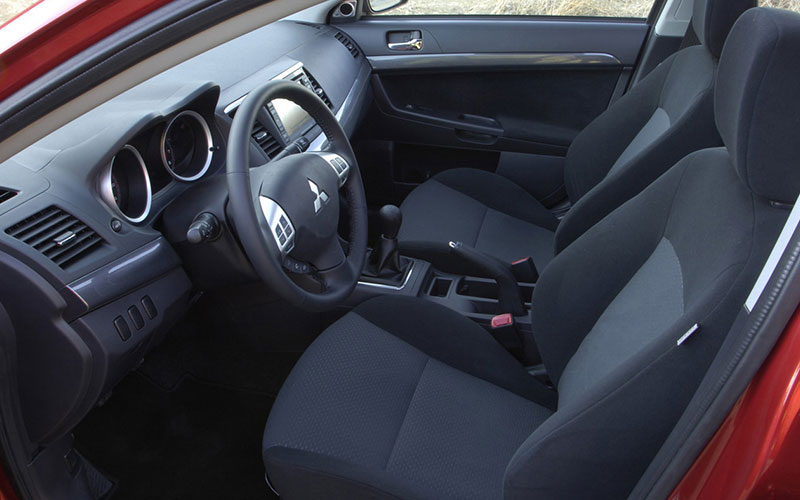
- Buyers were greeted by comfortable seats, more interior space, and more storage in the trunk as well.
- In 2009, the GTS got a bump in power to 167 horsepower and 167 lb-ft of torque.
- The Mitsubishi Lancer Ralliart trim level got a special TC-SST dual-clutch automatic transmission. It featured two different driving modes and offered the same all-wheel drive as the Evo.
- Both the Ralliart and the Evo are lauded for their predictable handling and great balance.
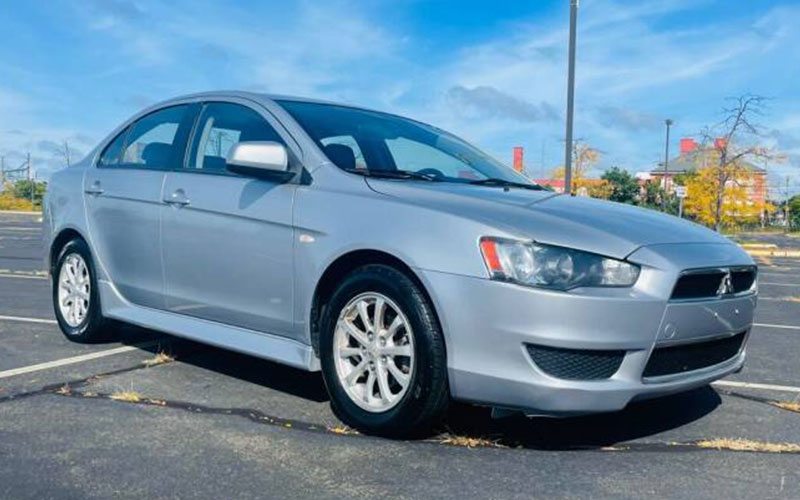
- The lineup remained largely unchanged, until three years later for the 2012 model year when the Lancer got a new trim level called SE.
- The Lancer SE came with a 2.4-liter four-cylinder engine and all-wheel drive. Sadly for enthusiasts, it only came to market with a continuously variable transmission.
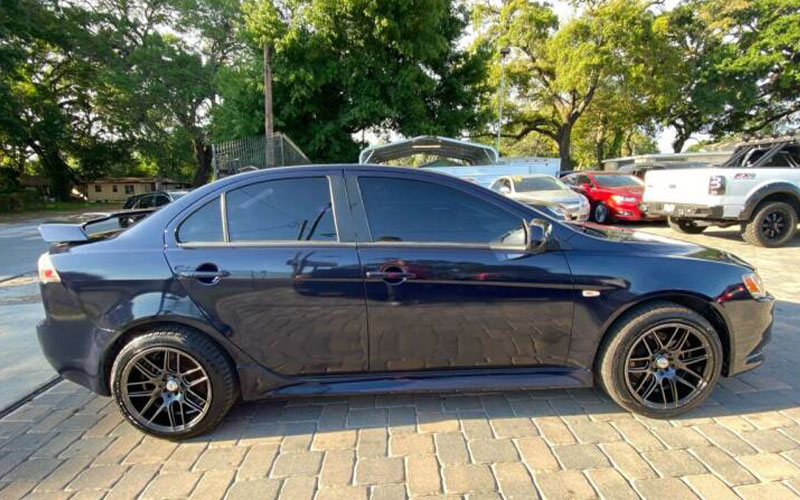
- The very next year in 2013, the Lancer GT was launched with a manual transmission. Ironically enough, it was only available in front-wheel drive guise.
- Both transmissions got a more powerful 168-horsepower engine mated to either a five-speed manual or a CVT.
- The Lancer Evo X made up to 291 horsepower at this point and came with either a six-speed manual or a dual-clutch transmission.
- Despite these steps, Mitsubishi owned just .40% of the automotive market share in the United States by the end of 2013.
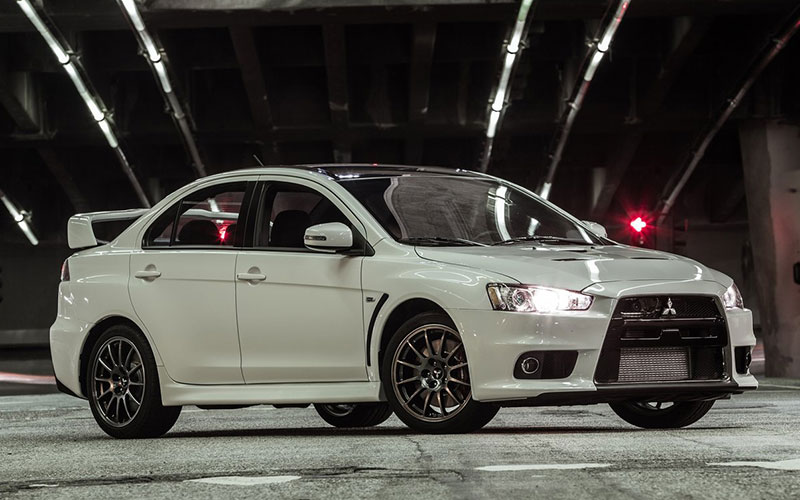
- In 2015, the Lancer got a facelift and was awarded a Top Safety Pick designation from the IIHS.
- The restyling included slight nips and tucks to both front and rear bumpers as well as the headlights.
- Also in 2015, the final Mitsubishi Lancer Evolution rolled off the production line with a special edition called the “Final Edition” of which just 1,600 were made.
- In 2017, the Lancer followed the path of the Evolution and into the history books as it went out of production.
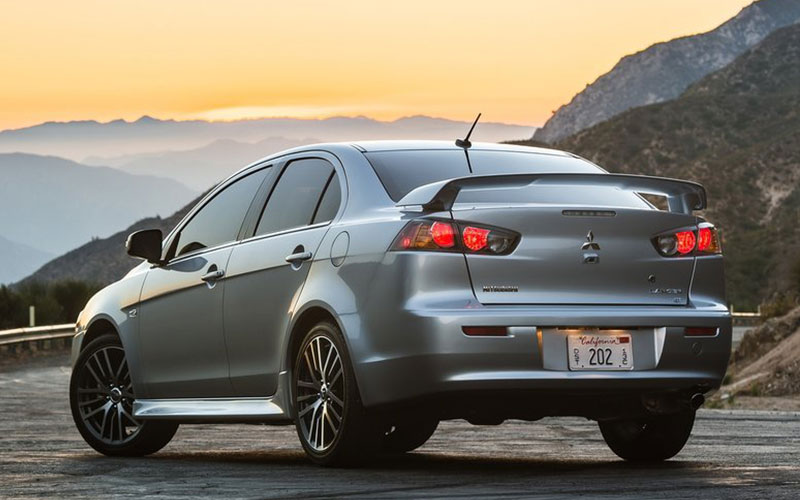
- Mitsubishi said that it ended production of the Lancer to focus its efforts on crossover, EVs, and hybrids because of customer demand.
- Today, Mitsubishi sells only three models and controls just .66% of the total automotive market share in the USA.
- Technically, the Mitsubishi Lancer is still on sale overseas as the Mitsubishi Grand Lancer, but it’s not the same car though.
- The Grand Lancer is built in Taiwan on the new Mitsubishi GS platform and shares little more than the name with previous generations.


